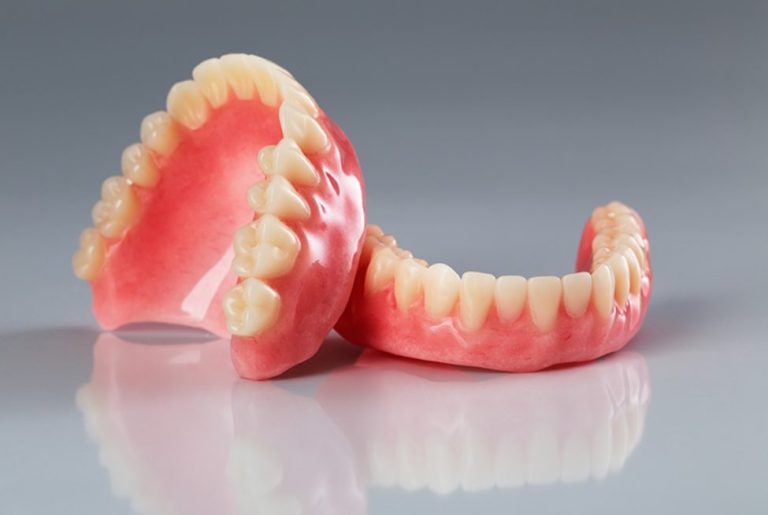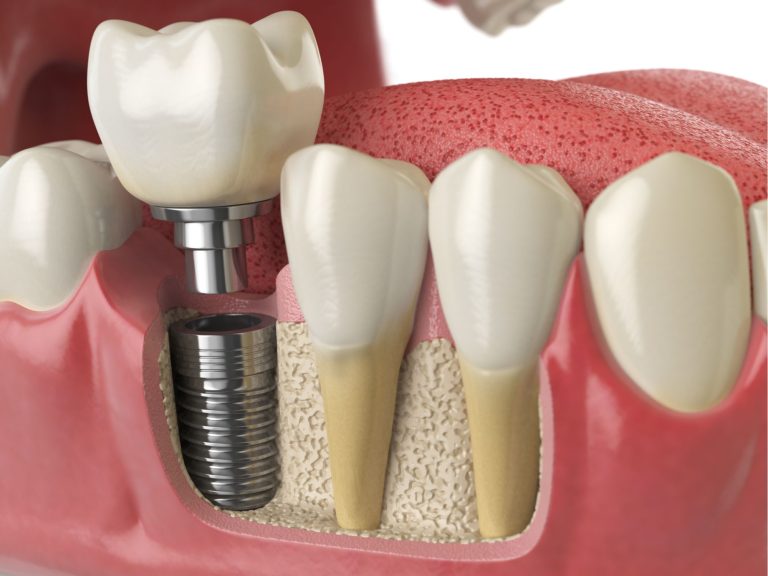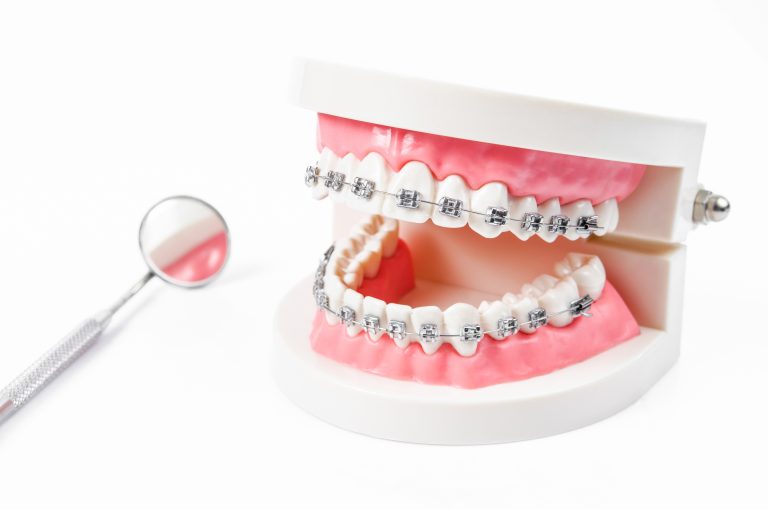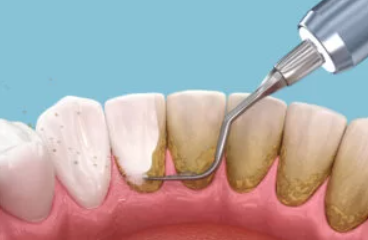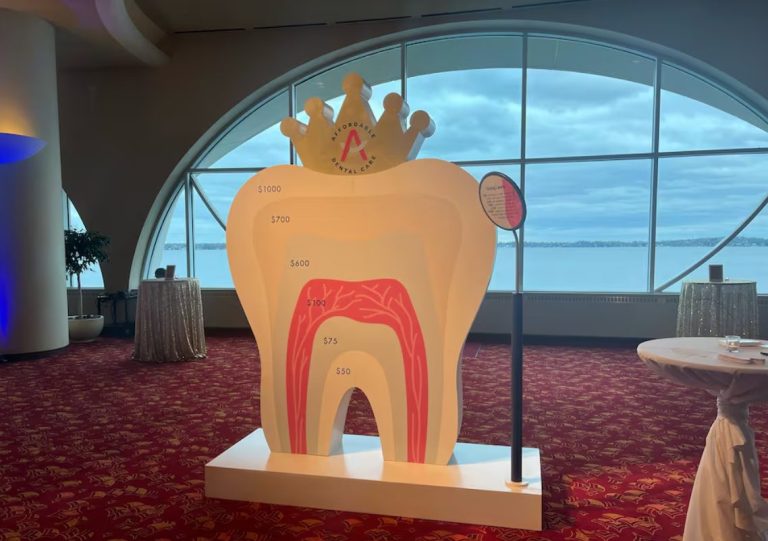Navigating the world of dental insurance can be complex, especially when considering orthodontic treatment like braces. The question “does insurance pay for braces” is common, and the answer is nuanced. This comprehensive guide aims to unravel the complexities of insurance coverage for braces, empowering you to make informed decisions regarding your orthodontic journey.
Contents
Understanding Dental Insurance and Orthodontic Coverage
Dental insurance plans vary significantly in terms of coverage and benefits. Some plans offer orthodontic coverage, while others may not. Orthodontic coverage typically falls under a separate category within your dental insurance plan, often referred to as “orthodontic benefits.” These benefits may include a lifetime maximum amount that the insurance company will contribute towards orthodontic treatment, a percentage of coverage for eligible orthodontic expenses, and a waiting period before benefits become active.
Factors Influencing Insurance Coverage for Braces
Several factors influence whether your insurance will cover braces, and to what extent. These factors include:
- Type of Dental Insurance Plan: Different types of dental insurance plans offer varying levels of coverage. Traditional indemnity plans typically offer limited orthodontic benefits, while preferred provider organization (PPO) plans and dental health maintenance organization (DHMO) plans may offer more comprehensive coverage.
- Age: Age is a significant factor in determining insurance coverage for braces. Many insurance plans have age restrictions for orthodontic benefits, typically covering individuals under the age of 18. Some plans may extend coverage to adults, but with limitations.
- Medical Necessity: Insurance coverage for braces is often contingent on medical necessity. This means that the orthodontic treatment must be deemed necessary to correct a dental or medical condition, not solely for cosmetic purposes.
- Severity of Malocclusion: The severity of the malocclusion, or misalignment of the teeth, can influence insurance coverage. Insurance companies may require a certain level of severity before considering orthodontic treatment eligible for coverage.
- Specific Plan Exclusions: Dental insurance plans often have specific exclusions and limitations regarding orthodontic coverage. These exclusions may include certain types of braces, pre-existing conditions, or cosmetic orthodontic treatment.
Navigating the Insurance Process for Braces
If you’re considering braces and have dental insurance, it’s essential to navigate the insurance process effectively to maximize your benefits. Here are some key steps to take:
- Review Your Insurance Policy: Carefully review your dental insurance policy to understand your orthodontic benefits, including coverage limitations, waiting periods, and any specific exclusions.
- Consult with Your Orthodontist: Schedule a consultation with your orthodontist to discuss your treatment needs and obtain a detailed treatment plan. This plan will outline the proposed orthodontic treatment, estimated duration, and associated costs.
- Obtain a Pre-Treatment Estimate: Request a pre-treatment estimate from your orthodontist, which will detail the anticipated costs of your orthodontic treatment. This estimate can be submitted to your insurance company for pre-authorization.
- Submit for Pre-Authorization: Submit your pre-treatment estimate and any required supporting documentation to your insurance company for pre-authorization. This process allows your insurance company to review your treatment plan and determine your eligibility for coverage.
- Understand Your Financial Responsibility: Once you receive pre-authorization, carefully review the explanation of benefits (EOB) provided by your insurance company. This document will outline the portion of your orthodontic treatment that your insurance will cover, as well as your estimated out-of-pocket expenses.
Maximizing Your Insurance Benefits for Braces
While insurance coverage for braces can be beneficial, it’s important to understand that it may not cover the entire cost of your treatment. Here are some strategies to maximize your insurance benefits and manage your out-of-pocket expenses:
- Flexible Spending Accounts (FSAs) and Health Savings Accounts (HSAs): Consider utilizing FSAs or HSAs to set aside pre-tax dollars for eligible medical and dental expenses, including orthodontic treatment.
- Payment Plans: Many orthodontic practices offer flexible payment plans to help patients manage the cost of treatment. These plans may allow you to spread your out-of-pocket expenses over a more extended period.
- Discount Programs: Some orthodontic practices participate in discount programs or offer in-house discounts for patients without insurance or with limited coverage.
- Shop Around: Don’t hesitate to shop around and compare treatment plans and costs from different orthodontists. This can help you find the most cost-effective option for your orthodontic needs.
Beyond Insurance: Alternative Financing Options for Braces
If your insurance coverage for braces is limited or non-existent, don’t despair. There are alternative financing options available to help you achieve your orthodontic goals. These options include:
- Third-Party Financing: Several third-party financing companies specialize in providing loans for medical and dental expenses, including orthodontic treatment. These loans may offer competitive interest rates and flexible repayment terms.
- Personal Loans: Consider utilizing a personal loan to finance your orthodontic treatment. Personal loans can be obtained from banks, credit unions, or online lenders.
- Credit Cards: While not the most ideal option, credit cards can be used to finance orthodontic treatment in some cases. However, be mindful of high-interest rates and potential fees associated with credit card usage.
FAQs: Does Insurance Pay for Braces?
Q: Will my insurance cover braces for adults? A: Some insurance plans may offer orthodontic benefits for adults, but with limitations. Coverage for adults is typically less comprehensive than coverage for children and may be contingent on medical necessity.
Q: Can I use my FSA or HSA to pay for braces? A: Yes, you can typically use your FSA or HSA to pay for eligible orthodontic expenses, including braces. However, it’s essential to confirm with your plan administrator to ensure that orthodontic treatment is covered under your specific plan.
Q: What if my insurance doesn’t cover braces? A: If your insurance doesn’t cover braces, or if your coverage is limited, there are alternative financing options available. These options include third-party financing, personal loans, and credit cards.
Q: How can I find an orthodontist who accepts my insurance? A: You can typically find a list of in-network orthodontists on your insurance company’s website or by contacting your insurance provider directly. You can also ask your dentist for recommendations or search online for orthodontists in your area who accept your insurance.
Q: Can I get braces without insurance? A: Yes, you can get braces without insurance. However, it’s important to understand that the cost of treatment will be your responsibility. Consider alternative financing options or explore discount programs to help manage the cost of treatment.
Conclusion
The question “does insurance pay for braces” is multifaceted, and the answer depends on various factors. While insurance coverage for braces can be beneficial, it’s crucial to understand your specific plan benefits, limitations, and exclusions. By navigating the insurance process effectively, maximizing your benefits, and exploring alternative financing options if needed, you can achieve your orthodontic goals and enjoy a confident, healthy smile.
Read More: Vantage One Dental: A New Era of Dental Care

